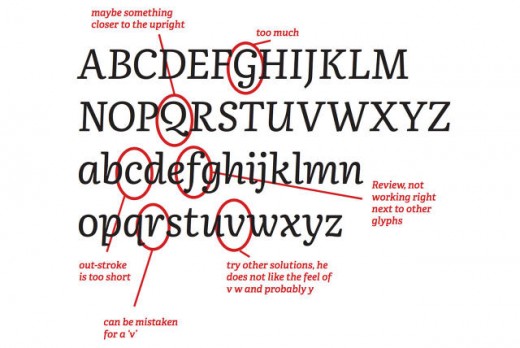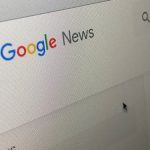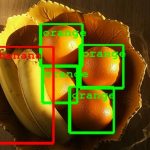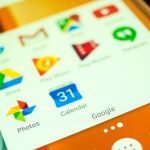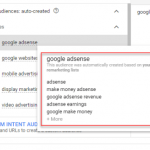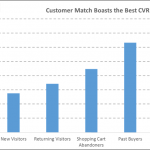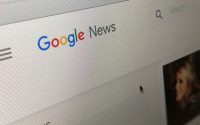How Google Designed An E-e book Font For Any monitor
Say hiya to Literata, Google’s font designed exclusively for longer reads.
may 21, 2015
In January of 2014, a Pew study confirmed that almost a third of yankee adults had learn an e-e-book within the final yr, and 50% of adults owned some roughly tablet or e-reading software. Many of these readers are the usage of the wide variety of Android devices in the marketplace, which will present a problem for these seeking to create a standardized expertise for e-ebook readers. Google confronted this challenge while designing their new font, Literata, so we can replace Droid Serif on Google Play Books.
Google labored with fontmaker TypeTogether on the design, and as a submit on TypeTogether’s website factors out, that an enormous challenge at the back of the advent of Literata used to be making work across vast number of reveal sizes, resolutions, and rendering device. now not making issues any simpler, it used to be used to be tasked with growing a definite visible model for Google Play Books that might differentiate it from different e-reading services and products.
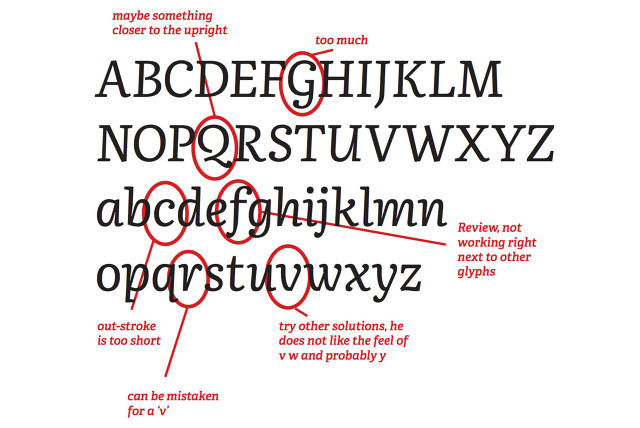
Google Play senior UX fashion designer Addy Beavers needed to make use of this update to address the mechanical feel that different e-ebook fonts are likely to have, like Caecilia (used on Kindle) and the aforementioned Droid Serif. previously, folks have criticized Caecilia’s not-rather-right appearance, with one on-line commenter noting that the font is “like studying a variable width model of Courier.”
to repair this, Literata’s characters wanted to have a variable width and texture that now not simplest had an interesting legibility, but also didn’t really feel compelled by using the hand of the fashion designer. For concept, Beavers and her collaborators at TypeTogether went again to old style serifs and the Scotch and Roman typefaces of the nineteenth century.
“We appreciated that the [typefaces are] small and spherical, but open and not compressed,” Beavers told Co.Design .
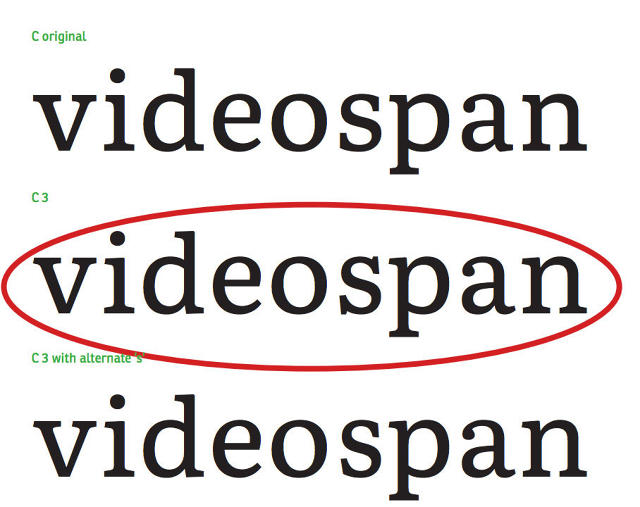
To make Literata feel distinctive among e-book fonts, TypeTogether started learning print novels.
“Jose Scaglione and Veronika Burian of TypeTogether incorporated characteristics widespread to the typefaces in most cases utilized by guide designers for fiction titles, so the studying experience is familiar, but updated them to carry new motion and feeling to the font,” Beavers says. “The shapes of features of letters, like terminals and outstrokes, all are firmly fashioned for reading on screens, however are softened for clean movement across a line.”
Google Play Books has already begun helping Literata on its app, and throughout the next 18 months, the font will have to be brought to the broader Google Fonts repository.
[photography: courtesy of Google, photo: Flickr user Jennifer LaGarde]
(190)

